Vietnamese workers in the context of revolution 4.0: Many disadvantages
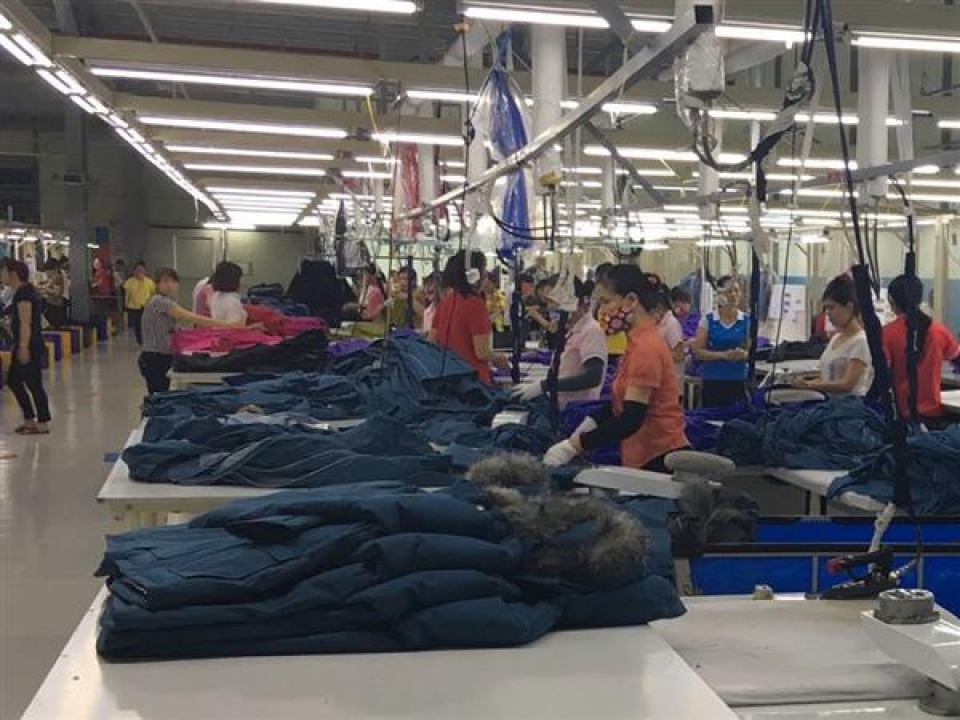 |
| Up to 90% of Vietnamese enterprises are small and medium enterprises in the fields of processing and assembling, mainly at low level. Photo: Huong Diu. |
Be proactive in change
Regarding the labor market, Ms. Tran Thi Lan Anh, Deputy Secretary General of Vietnam Chamber of Commerce and Industry (VCCI) - Director of the Bureau of Laborers, said that in Vietnam, a number of policies have been issued to enhance the access to industrial revolution 4.0.
However, Vietnam currently has no basis for a specific view, as well as evaluating the industrial revolution 4.0. All that people know about this revolution is based on the advantages of the internet infrastructure, and telecommunications of the country.
In fact, Vietnam is lacking the necessary facilities to use and train workers in the 4.0 technology revolution. Up to 90% of Vietnamese enterprises are small and medium enterprises in the fields of processing and assembling, mainly at low level.
Many Vietnamese businesses are still in the 2.0 technology phase, some are between 2.0 and 3.0. 95% of Vietnamese businesses use the internet, but 60% of them find it difficult to use the internet for their activities.
Today's Vietnamese businesses are not capable of digitizing, applying large data into analysis, design, deep chain into value chains. In addition, ordinary labor will find it difficult to adapt to the 4.0 revolution. Thus, Vietnamese workers will be disadvantaged with the 4.0 revolution if there is no innovation linking technology and human resources to adapt to high technology jobs.
Coming back to the story of low level, in competitions about math, physics, chemistry in the world, students in Vietnam are not inferior to other students in terms of knowledge, but in the use of knowledge in work and adaptation to the working environment, Vietnam is very inferior. This is also a major disadvantage of Vietnamese labor because Vietnamese laborers are so dependent on books that lack practicality.
According to Mr. Pham Duc Thang, representative of the General Department of Vocational Education, training of laborers in vocational schools is always challenging not only in the technological revolution. Accordingly, schools can not provide the modern machinery that businesses are using. Therefore, it is necessary to cooperate between the schools and enterprises to train the trainees. On the other hand, employers must also have clear requirements regarding the quality of their work.
Leapfrog
According to Mr. Truong Van Cam, Vice President and Secretary General of the Vietnam Textile and Apparel Association, the 4.0 revolution is a process of merging new technologies into production rather than completely replacing people with automation machines.
Using robots, factories will reduce the amount of hard labor, so it is necessary to train workers to use robots. Particularly for the textile and garment industry, industrial sewing machines are not fully replaceable by workers and that is still the advantage of Vietnam. However, self-employment also needs to be active in receiving new knowledge to better suit the job.
Dr. Le Anh Vinh from the Vietnam Academy of Science, the Ministry of Education and Training, said that by 2030, most countries in the world will be facing skilled labor shortages. Future workforce needs to incorporate a variety of elements: multimedia communication, social responsibility, interdisciplinary, artificial intelligence and electronic machinery, international connectivity, and sustainable development.
Under this new requirement, Vietnam should prioritize investment in improving the quality of education to improve the capacity for labor, in which training should focus on helping children to love and learn, communicate and collaborate, handle complex issues, and have open minds.
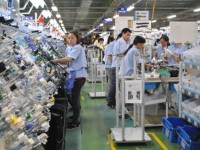 | Medium and small enterprises put more effort to enhance technology in the revolution 4.0 VCN –With an open economy like Vietnam, the business development trends will be updated and accelerate rapidly ... |
In addition, workers have to accept life-long learning while businesses must re-organize the training system for their employees. Thus, new workers can adapt and join the 4.0 wave.
Related News

Vietnam, Korea Customs sign AEO MRA
11:07 | 26/12/2024 Customs
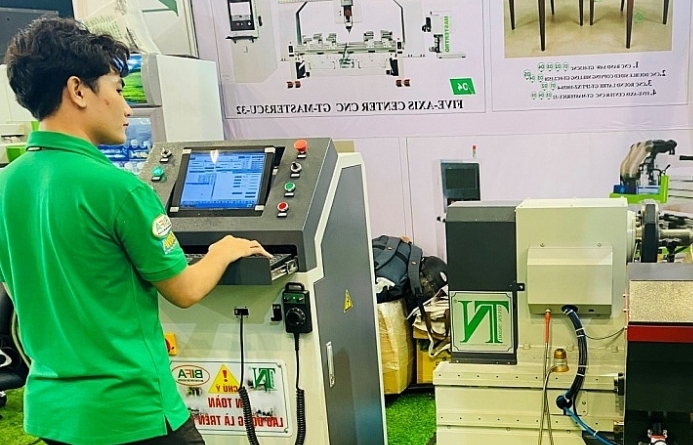
Removing “bottlenecks” for digital transformation in industrial production
10:00 | 17/12/2024 Import-Export
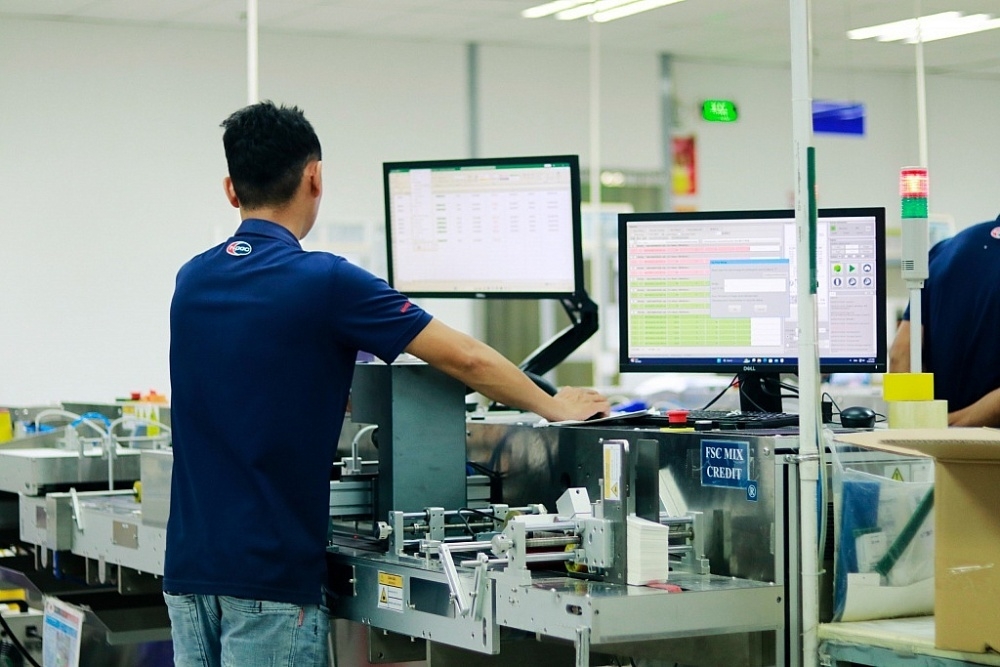
Prioritizing semiconductor workforce training
09:16 | 15/12/2024 Headlines
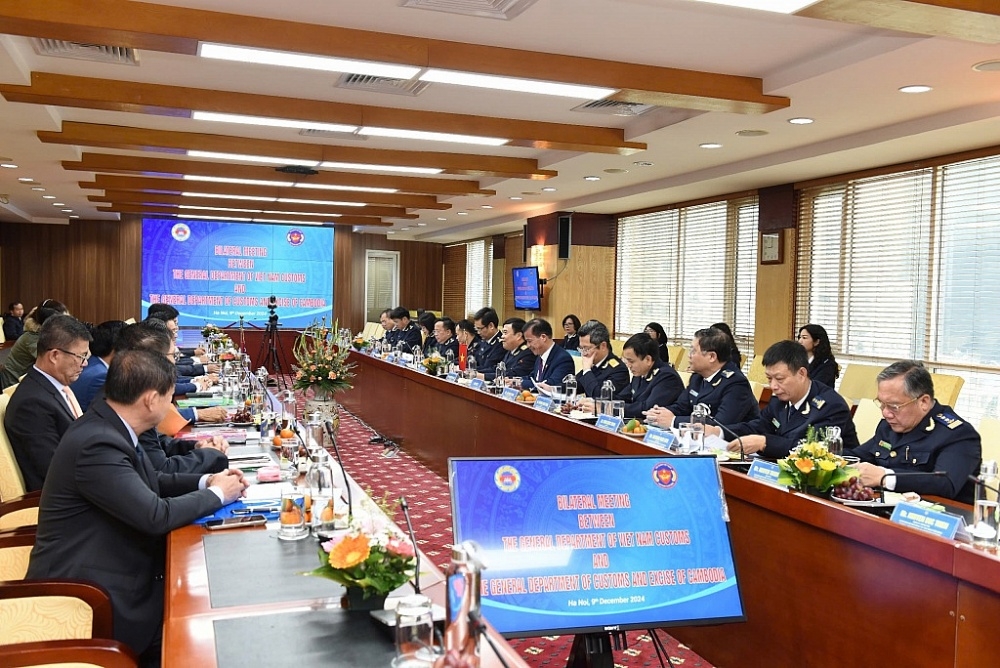
Vietnam-Cambodia: Looking back on journey of cooperation
14:45 | 11/12/2024 Customs
Latest News
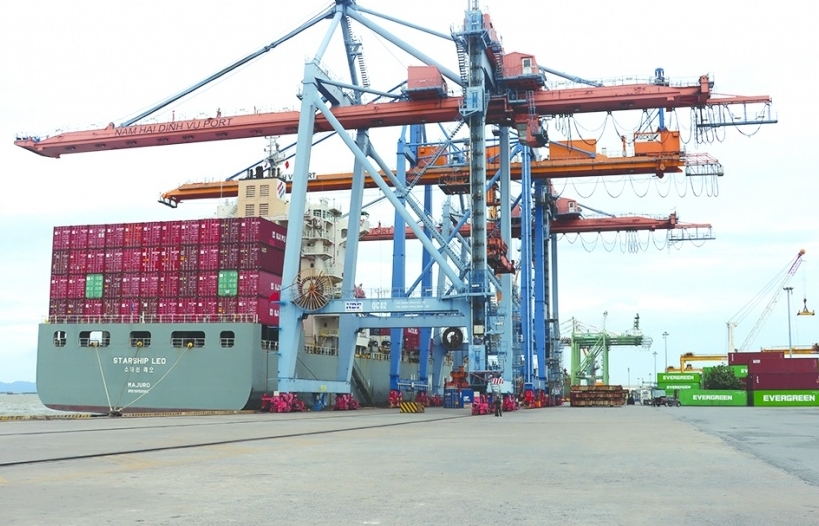
Six export commodity groups see billion-dollar growth
07:55 | 31/12/2024 Import-Export

Sustainable Green Development: New Driving Force for the Retail Industry
07:44 | 31/12/2024 Import-Export

The Middle East: a promising seafood export market for Vietnam
07:43 | 31/12/2024 Import-Export

Increasing consumption demand, steel enterprises have many opportunities
07:43 | 31/12/2024 Import-Export
More News

Sustainable opportunities for Vietnamese goods to penetrate the global market
13:54 | 30/12/2024 Import-Export

Top brands in Việt Nam in 2024 revealled
13:54 | 30/12/2024 Import-Export

Vietnamese catfish exports to hit $2 billion mark this year
13:52 | 30/12/2024 Import-Export

Is the 12% export growth target for 2025 achievable?
13:50 | 30/12/2024 Import-Export

Increase revenue from building a sustainable supply chain
11:04 | 30/12/2024 Import-Export

Coconut export enter acceleration cycle
11:02 | 30/12/2024 Import-Export

Pepper export value reaches highest level since 2017
17:58 | 29/12/2024 Import-Export

Fraudulent planting area codes threaten Việt Nam’s durian exports
17:52 | 29/12/2024 Import-Export

Industrial production maintains rapid and throughout bounce back
14:26 | 29/12/2024 Import-Export
Your care

Six export commodity groups see billion-dollar growth
07:55 | 31/12/2024 Import-Export

Sustainable Green Development: New Driving Force for the Retail Industry
07:44 | 31/12/2024 Import-Export

The Middle East: a promising seafood export market for Vietnam
07:43 | 31/12/2024 Import-Export

Increasing consumption demand, steel enterprises have many opportunities
07:43 | 31/12/2024 Import-Export

Sustainable opportunities for Vietnamese goods to penetrate the global market
13:54 | 30/12/2024 Import-Export





